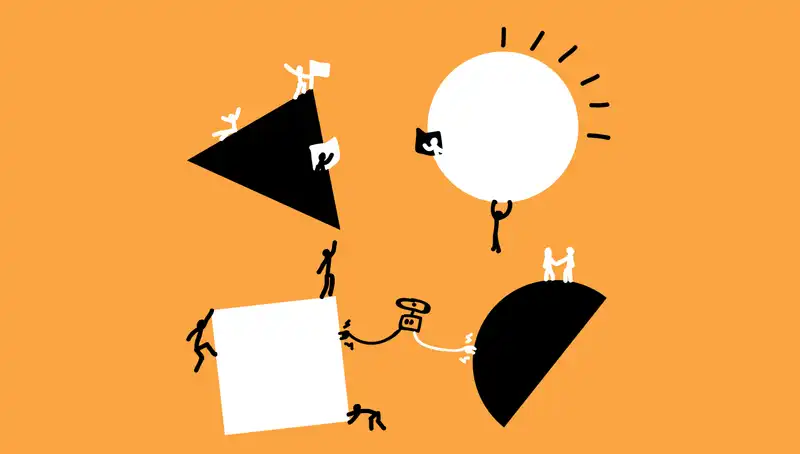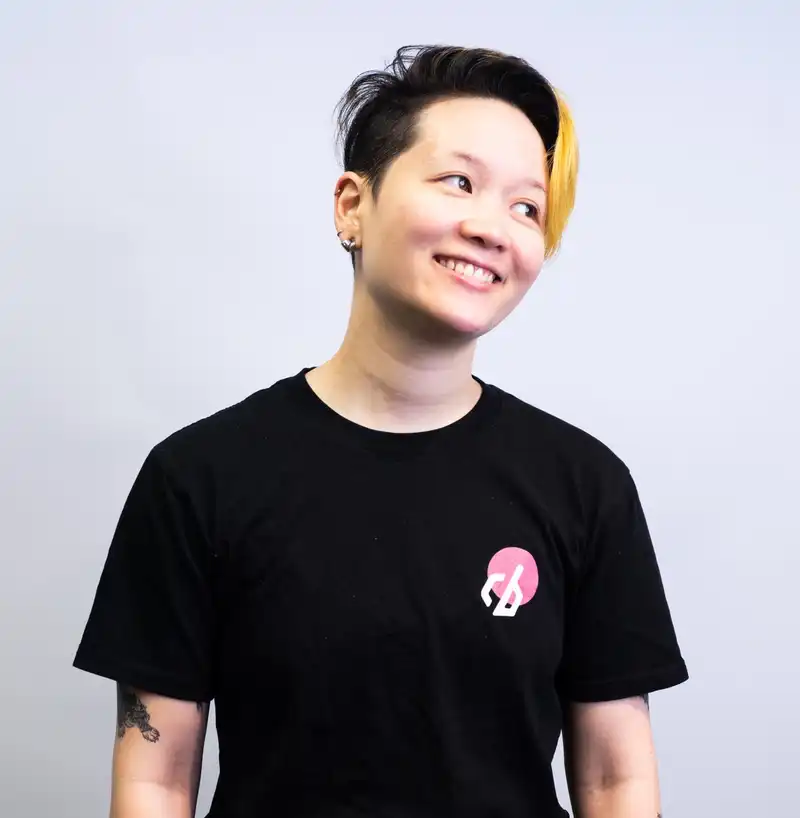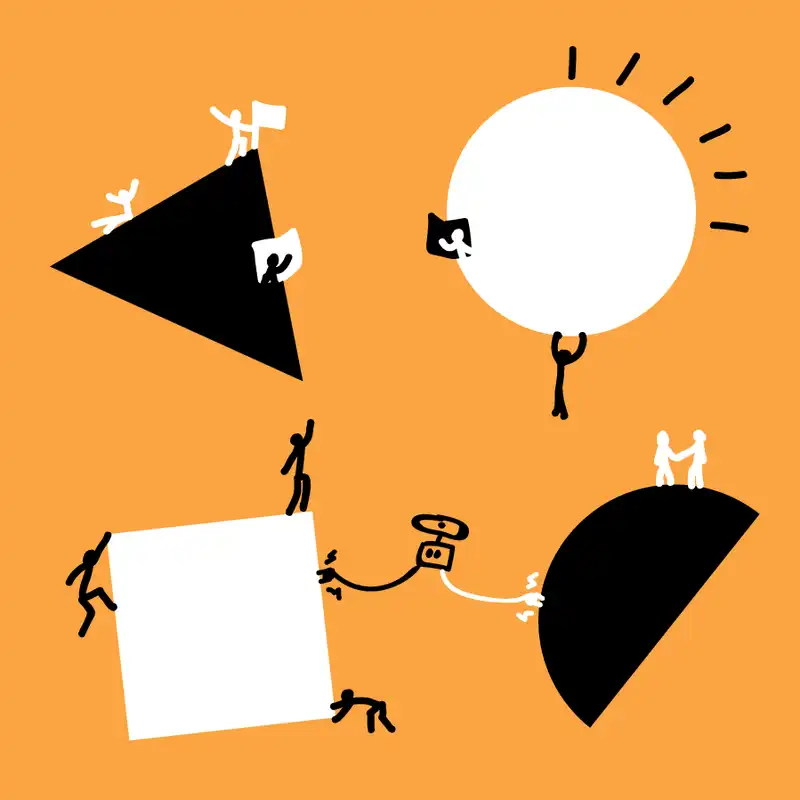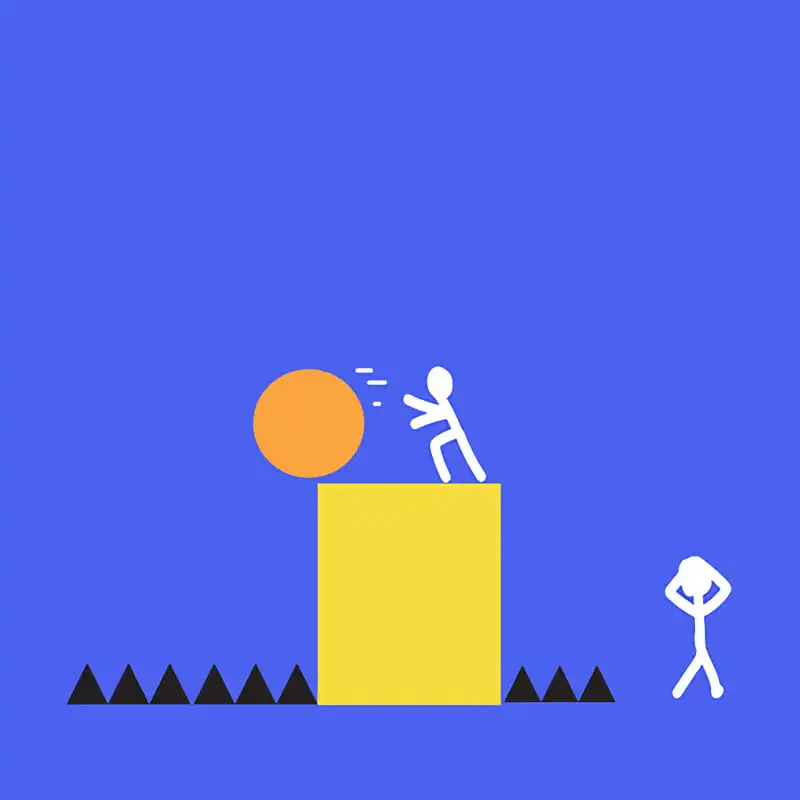
Scoping is that wonderful time at the start of any project where the teams get together and start figuring out what they need to build. I’ve worked on many projects and found if you take the time to get it right during scoping stage, or at least as close as you can, it solves many issues further down the track. One of the biggest advantages your team can have during this early and volatile stage is to practice the mindset of Design Thinking to help you bring creativity and humans back to the centre of your solution.
At the heart of all product design is a single common theme, creative problem solving. It is the process and thinking which makes all those processes and products work. Humans have always been problem solvers, when we are children, we spend all day playing as we work out just what the world is. History is full of people creating and inventing new ways to solve problems people had.
Whether you work in software or hardware, business or government, system or process. we all begin the same way. Someone somewhere has a problem and we are the people who are going to solve it. That is why I got into this field in the first place. I wanted to solve problems for people.
Back when I first started working in user experience (UX), I came in from a marketing graphic designer job. The problems I was facing in that role were mostly what colours and pictures would convince someone to click on the ad banner, or how best to lay out a flyer. Now, I was having to deal with how users interact with a system and product.
So, when presented with the first lot of client work, I got underway doing what I did best, designing up some interfaces for it and getting client approval. Nothing out of the ordinary, but when it came time for the people at the other end, the users themselves to play with it, things started to come apart. They didn’t understand what I had made, it took them a few tries to do simple tasks. Sure they liked the look of it, but they soon got frustrated with the experience. Now at first, I boiled that down to ‘The users are stupid!’ and moved on. Oh, how wrong I was.
More projects came through and while we got the results we wanted, there was something missing, it didn’t feel right. The users should be happy with the end result. I decided this was a failing on my own side of the fence and decided I needed to improve myself and regain my confidence. That’s when I found a book by David Kelly from IDEO called ‘Creative Confidence’ and my mind was opened into the world of Design Thinking.
You may assume that Design Thinking is ‘How do be a better visual designer’ but in truth it is a mindset and methodology for everyone who is trying to solve problems. To approach it from a human-centred angle and shift thinking towards thinking in the problem space, not the solutions space.
Suddenly I understood what I was doing wrong and had a massive shift in focus towards the users and not the product. From then projects began to land better with users, they started getting our design decisions. I’ve written an article that goes into more depth about what Design Thinking is, but here are the mindsets that helped turn not only myself, but our team into one that delivers value and happy users time and again.
Learn from failure
Most of us have a natural fear of failure. Its instilled in us from a young age to do our best and succeed. This can be a dangerous attitude to have during product scope. It closes your mind to the possibilities of innovation. Failure is a powerful tool to help us learn and grow. Understanding not every idea is going to work, and not everything we try is going to be successful is the first step.
During the lock-down period our team decided to have a cooking competition. A lighthearted way to eat better and be creative. We picked an ingredient and set a deadline. I’ve always challenged myself to cook better and more interesting things as a hobby, learning how the professionals did it. At the start of the year I challenged myself to pick up the plating skill of being artistic with my presentation of food. So naturally I saw this cook off as a chance to put that into practice.
Lots of planning and investigating into what I could make and how to present it went on, and when I finally had something I didn’t mind, I cooked it up and threw it in the ring. I was pretty proud with my first go and was a bit experimental with the result. When I found out a professional chef who had worked in high class restaurants was to judge it and saw his comments of my dish being ‘ something that should never be put together ever again.’ I was gutted. But I learnt from that and was determined come back swinging. I tried something my own way and it didn’t work out.
Just like my attempts at cooking, product design is no different. Failure is an inherent part of the process, and it is there we can make our biggest learnings on how we can do better and better. Keep trying, keep asking, keep testing, keep building until you find success. Let the ideas which failed be the drive to push the team forward.
Let you teams fail with their experiments so they can understand more. If they fear failure or don’t have a good support system to get them back up on their feet, then they will only ever play it safe. Safe products don’t inspire and don’t improve lives. Everyone can do safe products these days and you’ll be left behind.
Besides it is better to let the team work out all the bad ideas now, when all you have invested is paper and time, not when you are hundreds of thousands of dollars down an 8-month development build.
Make it, Launch it

One of the most important lessons I’ve learned is ‘If you’re not embarrassed by your product at launch, you’ve launched too late.’ While this lends itself more to the start-up and greenfield, it is still an important reminder for all projects. If you spend so much time refining and perfecting your product or system, then someone else will beat you to it or you will find that your problem you are solving is no longer relevant.
I was at an awards evening for the local start-up scene when myself and a co-worker were put at the rear table along with the DJ and another designer. I soon learned he was the head of product for the wildly successful Canva. Naturally I had to ask him for any advice for our own start-up. He gave us just one piece of advice before heading up on stage to do a talk. “Have you launched yet? No? Launch.” That was it. Get it out there and see how the market responds. If you keep waiting and building features, you’ll never get anyone on board and you’re dead in the water.”
His words still ring true today as I must navigate clients and teams who just want to keep polishing things, want to just add another feature so it’s a perfect product a launch. It’s a tricky headspace to get out of, and it mostly comes from the fear of failure. But like I said before, its ok to fail. Fail fast learn fast. Launch that prototype out into the world and see if it works.
Human centred teams are doers, tinkerers, crafters, builders and inventors. Those teams that strive from the get-go to just make something, anything and get it out there to see what people say. The real world is made up of tangible things and we want to see our ideas in our hands. Don’t spend weeks or months locked away in your conference room with a hundred pictures of ideas and solutions, waiting for the perfect answer to come into your heads. Get out there and make something.
Impactful and innovative ideas can’t exist as theories, they need to be tested and made real. Use anything to make it, cardboard, paper, sketches. The end result doesn’t need to be beautiful, it needs to convey the idea to people, to test it and get their understanding. Your teams should always be focusing on the idea of making something when converging. Don’t wait for ‘designs’ to be done, they will never be ready. However, ideas are always good to go.
Empathy
Empathy is one of those hidden skills most people have but forget to exercise. It is the ability to step into another person’s shoes and understand their lives. Seeing the world from their perspective helps you start to solve problems that really matter to them and how they behave. Being a good scoping team means embracing this mindset and coming up with ideas from the mind of the people you are designing for. Let them be the roadmap to your innovative solution, let them guide you down the path they are seeking, empathise, understand and let them into your process.
We were given the opportunity to work with a client who was trying to make life more enjoyable for people living with a severe disability by creating accessible holiday venues. And I mean truly accessible with all the bells and whistles to make their time away relaxing and in amazing locations.
The team were not in the users target demographic so we dove right into the world of accessibility and began talking to people who had limited mobility and other motor neural issues. It opened our eyes in the most profound way, how they navigate a website, the steps they need to take to just fill in their information or search for something. Our original ideas were blow out the water as we gained insight into their lives and we worked closely with them to make an experience tailored to them.
Immersing yourselves into the world of your users opens your mind to a whole new range of creative solutions that you may have never considered. Testing and speaking with users are such necessary activities, as no one should ever assume they know what another person’s experience is. It allows you to leave behind preconceived notions and ideas of out-dated thinking in many cases. If you need to understand the context of your product of system you need to dive right into their lives. A quick survey just won’t be enough to understand them. Live their lives, travel to their location. Do their job. Then you will know what to design and most importantly it keeps humans at the centre of your work.
Embrace ambiguity
At the start of a scope we are in a place of not knowing the answer to the problem. If you think you know the answer then either you are tackling a problem that could be solved in a couple of hours or you are lying to yourself. Every bit of new information, every user spoken to will change the solution sometimes drastically. But the good news is, that is fantastic! We champion looking at every product or system from a problem-based angle. Posing a question or challenge, which the team needs to understand, and then coming up with the best outcome for the people using it. It means we start off in a space of ambiguity and for some this isn’t a comfortable position to be in. However, it allows us to explore new and innovative ideas. Put creativity at the forefront so we can arrive at unexpectedly, fantastically creative solutions.
If you have ever been to a start-up weekend or a hackathon, you will know what I am talking about. For those who haven’t had the experience, you and a team (sometimes people you have never met before) are given a weekend to come up with a creative solution to a problem the event poses. Normally it’s from a field you’re not familiar with working with users you’ve never spoken too before. You are thrown into a mad rush of adrenaline as you head out to empathise and then come up with an idea that has legs. Those who fall back to what they know and create something safe never get far. Those who get creative and embrace that sense of adventure and curiosity are the ones who come out on top.
It is not easy not knowing the answer or even knowing if you are asking the right questions! However, if you knew the answer or the solution when you started, what could your team possibly learn? How can they possibly come up with creative solutions? Would there even be much point talking to people? By embracing that ambiguity of the problem, we can free ourselves and our teams to make something truly innovative and leave a lasting impact.
Optimism
Design is a naturally optimistic process. We are taking on challenges and meeting them head on. Seeking new ways to improve people’s lives and when we fail, we don’t give up, we iterate until its right. If we weren’t optimistic, we wouldn’t even try to create change or impact; happy to let things putter along until they die. During scoping, the team must take on this mindset if they want to have creative and impactful solutions. It can be a tough headspace to be in when you are naturally more pessimistic, but it is necessary to try.
Those that design are explorers; we seek out what is beyond the horizon. We strive to push the boundaries and help people be the best they can be. Human centred designers focus on could be, not all the obstacles that get in the way of that. Constraints are inevitable, but they push us further forwards in unexpected ways. At the core of a good scoping team is the same mantra: Every problem is solvable. We must remain optimistic otherwise the fear of failure sets back in.
Iterate iterate iterate!
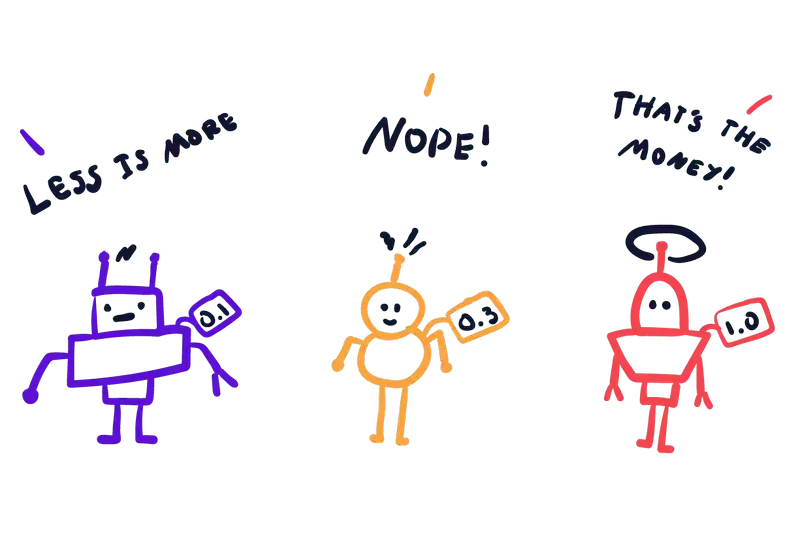
Design Thinking is a naturally iterative approach to problem solving, as it puts feedback from the people you are making it for a critical part of the process. By continually iterating on the ideas and solutions, you carve it from the stone the way the old masters helped their visions escape their marble prisons. The more we seek to improve and refine, the more we unlock our creativity and create successful solutions time and time again.
Codebots itself is the product of many such iterations. In fact, this is the 3rd version we have made where we went almost back to the drawing board. We took what we learnt, and we kept working at it until people were happy with it. Even now we are also iterating on our product and continuously modernising it for the people.
We iterate because we know you can never get it right the first time, or even the second. Maybe the third, but then its more luck then anything. Iteration gives us the chance to explore and play with ideas, seeing what works and what does work. If you were given one shot to do something, you’ll screw it up from the pressure. Have time to get it wrong, follow your hunches and ultimately arrive at a solution that will be embraced and adopted by people. Iterating allows us to learn from mistakes, instead of hiding away in your office betting all the company’s money on your product being a smashing hit. We can get out into the world and let the people we are designing for be our guides to success.
Insights not assumptions
When we first are given a problem to solve, we normally get with it a massive amount of assumptions. Assumptions the client has, assumptions we have and assumptions the team creates from working on the problem itself. These are a great starting point but can become very dangerous if not addressed properly. An assumption is something we believe about the product, system or people. Whether it be who the target users are, a feature which is a must have or how people will integrate it into their lives. Many teams have come undone because they made assumptions and never tested them, going to market on their opinions alone in a bubble.
A good scoping team looks at all assumptions and goes right to researching them, to validate or disprove them just as scientist would with a theory. We build our products based off the insight those from those findings. If you thought that all users would want a feature and upon speaking with them and understanding their workflows you realise none of them need nor want it, why spend time and resources making said feature? Just because someone really, really, really wanted it who isn’t even going to be using it?
By using those insights, we clear the pathway in front of the team and create those constraints which lead to unexpected creativity. We assure the stakeholders of the solution we are making is something which has been validated and tested, de-risking the venture itself.
Reflection
It is always important to reflect on your product, whether it be in the scoping stage or has been released already. Reflecting lets us see where we can make learnings and improve ourselves for next time. It helps us take a step back and realign ourselves we feel we are going down a rabbit hole of unknowns. Making course adjustments while we work comes from the reflection the team has. Many times, myself and my team have found ourselves looking into an endless divergence and seeing despair from the sheer number of ideas, or investing so much time into a solution and finding it not working and losing momentum.
When we do, we take a step back and reflect on what is going on, where we went wrong and what was going well. It allows the team to have the ability to unpack their brains and get back on track. Always be reflecting on your scope to ensure you aren’t spiralling towards the void.
Summary
Being a good scoping team who designs solutions which create impact for people is not an easy task, but it is a fun one. These mindsets can unlock the creative potential of your team, so you are always getting the absolute best results, which have been validated, and consider the people at the heart of them. It is easy to start to fall back into old habits and for those new to Design Thinking, you need to keep practicing the mindsets again and again to make them stick. Our Activity Kit is designed around keeping these themes alive in the scoping stage. Good luck scoping!
